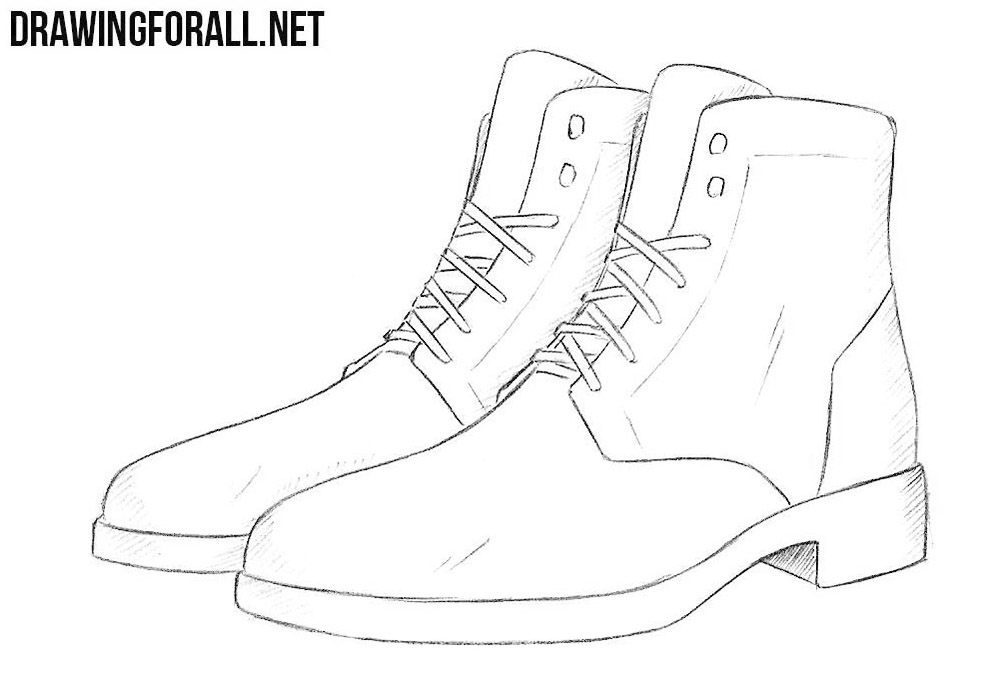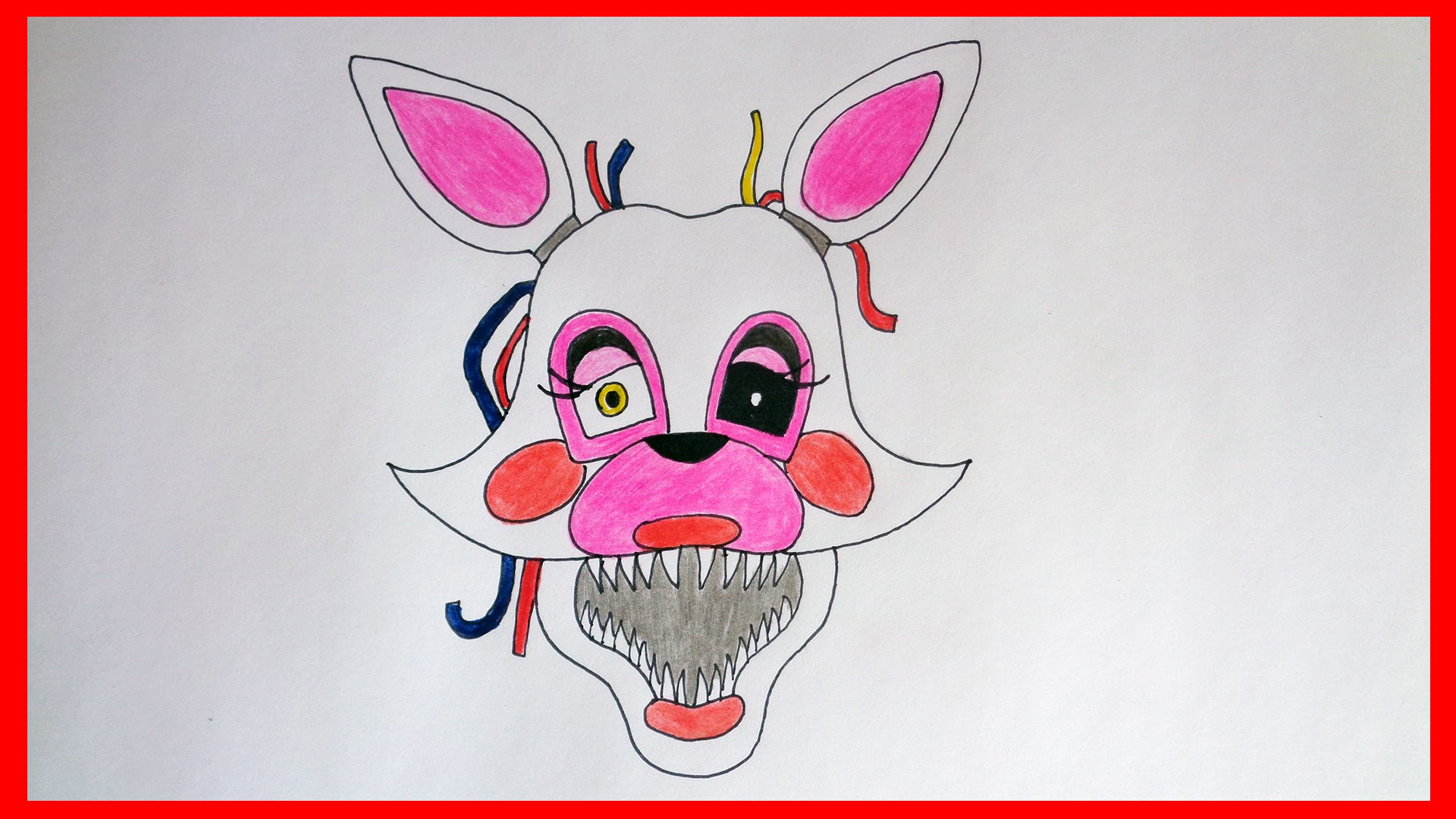How do you draw
Table of Contents
Table of Contents
If you’ve ever tried to draw something but struggled with getting it just right, you’re not alone. Drawing can be a challenging skill to master, but with a few tips and tricks, anyone can learn how to do it. In this blog post, we’ll be discussing how to draw and sharing some helpful advice for beginners to get started.
The Struggles of Drawing
When it comes to drawing, many people struggle with getting the proportions and angles right. It can be frustrating to have a great idea in your head, but not be able to bring it to life on paper. Others may find it challenging to add shading and depth to their drawings, making them feel flat and lifeless. These struggles can make anyone feel discouraged and want to give up. However, with practice and patience, anyone can overcome these obstacles and create beautiful artwork.
How to Draw
The first step in learning how to draw is to start with the basics. This includes practicing basic shapes like circles, squares, and triangles until you get comfortable with them. From there, you can move onto more complex shapes and eventually start sketching out your designs. It’s also essential to practice regularly, even if it’s just for a few minutes a day. You’ll gradually see your skills improve over time.
Another helpful tip is to pay attention to the details. Take a close look at the object you want to draw and study its shapes, lines, and textures. Practice copying these details onto paper until you get the hang of it. It’s also crucial to have patience with yourself and not give up if something doesn’t turn out the way you want it to.
Summary of Key Points
In summary, to improve your drawing skills, start with the basics, practice regularly, pay attention to the details, and have patience with yourself. With these tips and some dedication, anyone can learn how to draw. Just remember, drawing is all about having fun and expressing your creativity.
The Benefits of Learning How to Draw
Learning how to draw has several benefits that go beyond just creating beautiful artwork. For one, it can be a therapeutic activity that helps you relax and de-stress. It can also help improve your hand-eye coordination and sensory-motor skills. Plus, being able to draw can be a useful skill in many different professions, such as graphic design, architecture, and fashion design.
My Personal Experience with Drawing
I personally love to draw and find it to be a relaxing and rewarding activity. When I first started, I struggled with getting my proportions and angles right, but with practice and patience, I was able to improve my skills. I find that drawing is an excellent way to express my creativity and come up with new ideas.
Tools for Drawing
There are several tools you can use for drawing, including pencils, charcoal, markers, and paints. Each tool has its unique benefits and drawbacks, depending on your preferences and what you’re trying to achieve. Experimenting with different tools can be a fun way to explore your creativity and find what works best for you.
Different Drawing Techniques
There are also various drawing techniques you can use to achieve different results, such as cross-hatching, stippling, and blending. Each technique involves using different strokes and patterns to create a unique look. Experimenting with these techniques can help you add depth and texture to your drawings.
FAQ about How to Draw
Q: Do I need to be naturally talented to learn how to draw?
A: No, anyone can learn how to draw with practice and patience. While some people may have a natural talent for it, drawing is a skill that can be developed over time.
Q: What are some good resources for learning how to draw?
A: There are many resources available for learning how to draw, such as online tutorials, books, and classes. It’s also helpful to practice regularly and seek feedback from others.
Q: How long does it take to become good at drawing?
A: It can vary depending on the individual and how much time and effort they are willing to put into it. However, with regular practice and dedication, anyone can improve their drawing skills over time.
Q: What should I do if I get frustrated with a drawing?
A: It’s normal to feel frustrated with a drawing, but try not to give up. Take a break, come back to it later with a fresh perspective, and try again. Remember, drawing is all about having fun and expressing your creativity.
Conclusion of How to Draw
In conclusion, drawing can be a challenging but rewarding skill to learn. With practice, patience, and some helpful tips, anyone can improve their drawing skills and create beautiful artwork. Whether you’re looking to de-stress, express your creativity, or even pursue a career in the arts, learning how to draw is an excellent place to start.
Gallery
Pin On Make Drawing Easy

Photo Credit by: bing.com /
Where Do You Draw The Line On Exotic Leathers? - ShinShops

Photo Credit by: bing.com /
How Do You Draw | Slimber.com

Photo Credit by: bing.com / slimber
The 25+ Best Drawing Themes Ideas On Pinterest | Drawing Face

Photo Credit by: bing.com / drawing tutorial face themes
HOW TO DRAW A REALISTIC CAT EASY PHOTOSHOP TUTORIAL - YouTube

Photo Credit by: bing.com / cat realistic draw easy tutorial photoshop






